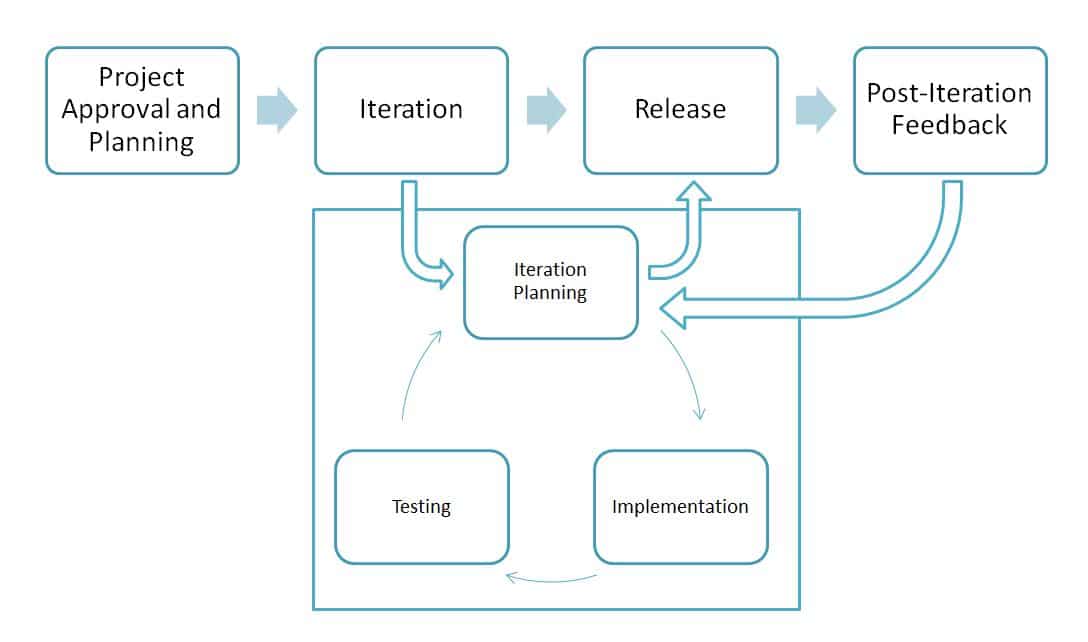This is a brief summary of the variation that exists between two Project Management Outlines. In this case, the project outlines methods, that is, Traditional Waterfall and Agile methodology of a mobile (game) application are presented in the subsequent discussion.
A unit mobile development application project is given using the traditional waterfall model with some fixed phases of the application (software) development, for instance, in our case is the mobile game software development. We commence the project outline or overview development from the original feasibility analysis and proceed to the maintenance phase towards the completion of the project management. Additionally, it is important to note that the system is scheduled for management under specific primary assumptions in the agile project development. Lastly, we are not bound to plan it out from a given fixed phase for an analysis upon finalizing the task.
The purpose for creating the Agile methodology was to help professionals in solving normal inefficiencies of a high profile universal project administration techniques in the design advancement methodology, for instance, you might find that the waterfall plan actually is loaded by other systems such as the Agile frameworks. Typically, there exists no standard/measure which says you that can comfortably select one step and completely focus on it. The aforementioned statement is to imply that, agile project development operates in this project overview to initiate a mobile application software on which stages are not fixed and followed in a unique format. This is to imply that one can begin planning of application needs and collects all, while at the individual instance the project team commences creating or designing the same application on one-to-one demand. Moreover, the project team examines and develop the application with the particular requirements in the respective groups. In the project, the framework in which management of the project is carried out through agile technology have a significant and straightforward methodology to find out consistency uniformity with complexity and handle the same issue(s) routinely.
The complexities in the project outline are not easily addressed using the traditional model because it freezes each project step’s pattern and it is also impossible to reverse back. The Therefore, some uncertain errors evident in the fixed requirement application and the complexity were created afterward as one can trace the fixed requirement software products of items at the end. Lastly, it is paramount to conclude that we cannot loop back while using the agile approach to project management/development.
Waterfall model: Outline of Generic Mobile Application Project
Agile Project: Conventional Outline for mobile application project
According to the above outline, the agile project management, spotlights on efficient cycles in which planning, implementation, design, requirement specification, analysis and testing take place in short time intervals. Agile project management outline allows planning to take place along a clear project life-cycle, permitting an alternative to be responsive. In application development or programming, bugs can be predicted at an early stage and corrected before they get manipulated to wind up more severe damages. The objective of this methodology or approach is to organize around the unpredicted alterations as the application development takes place.
References
agilemodeling.com. (2017). UML 2 Sequence Diagrams-An Agile Introduction. Retrieved from agilemodeling: http://agilemodeling.com/
Lock, D. (2007). Project Management. Gower: Business & Economics .
Moccia, J. (2017). Agile Requirements-Definition and Management. Retrieved from www.scrumalliance.org: https://www.scrumalliance.org/community/articles/2012/february/agile-requirements-definition-and-management







